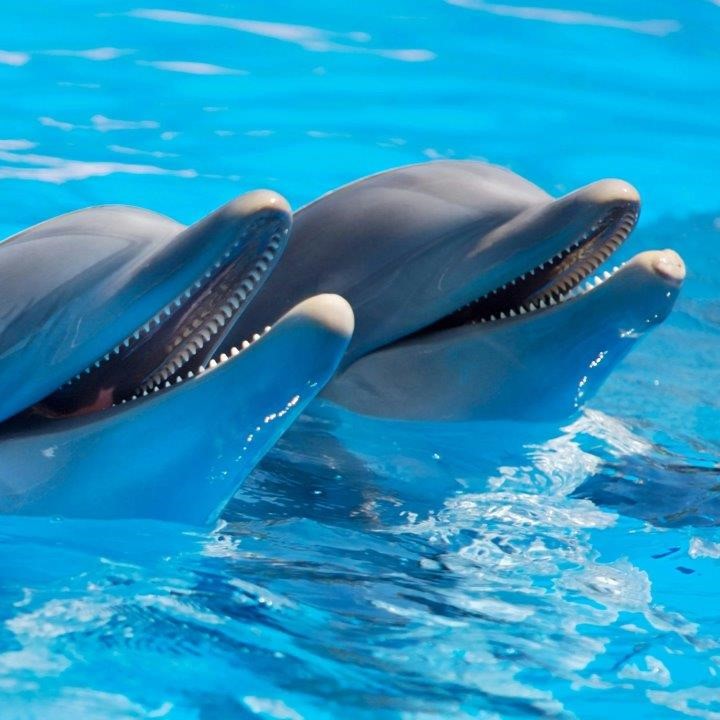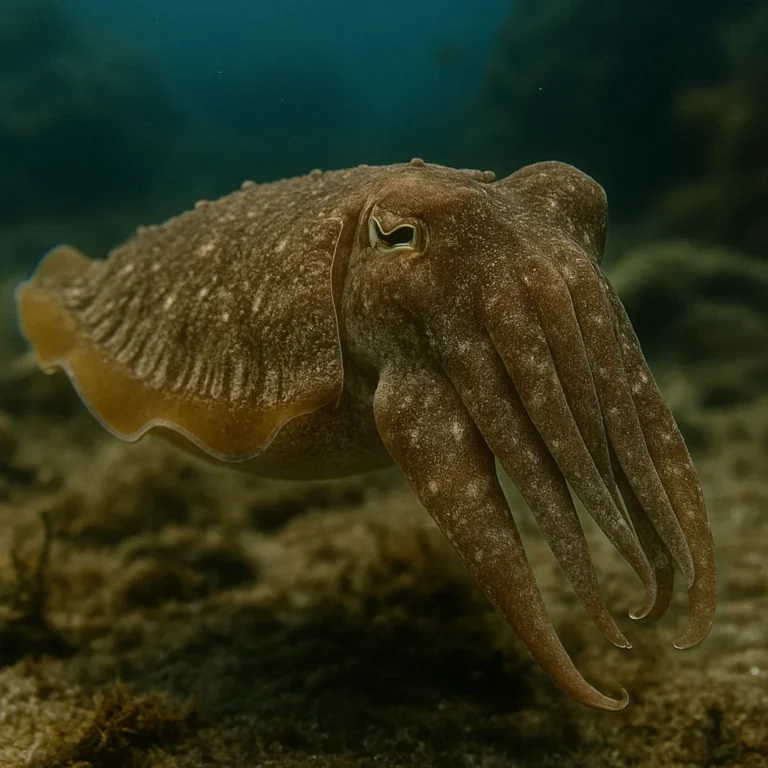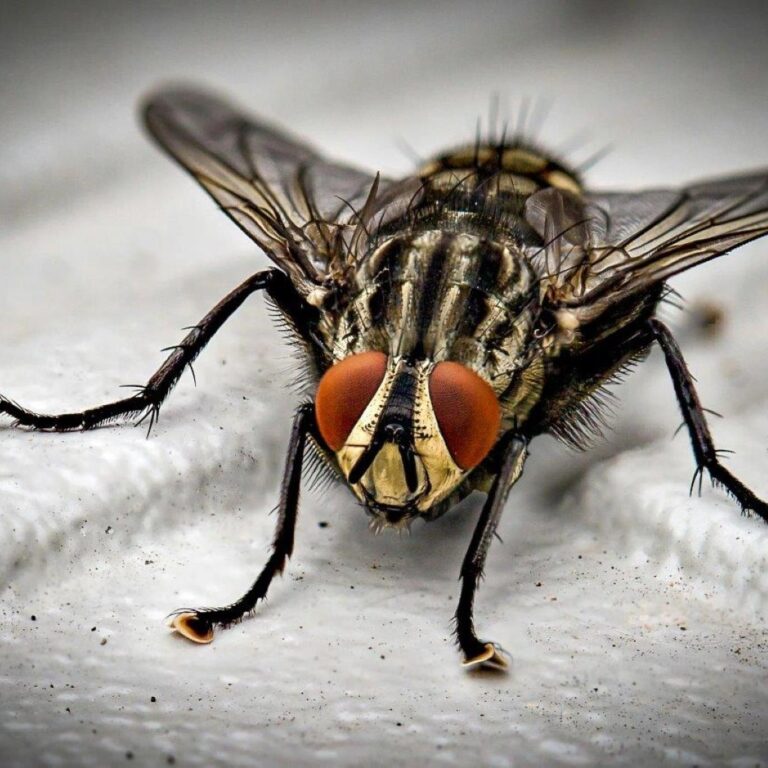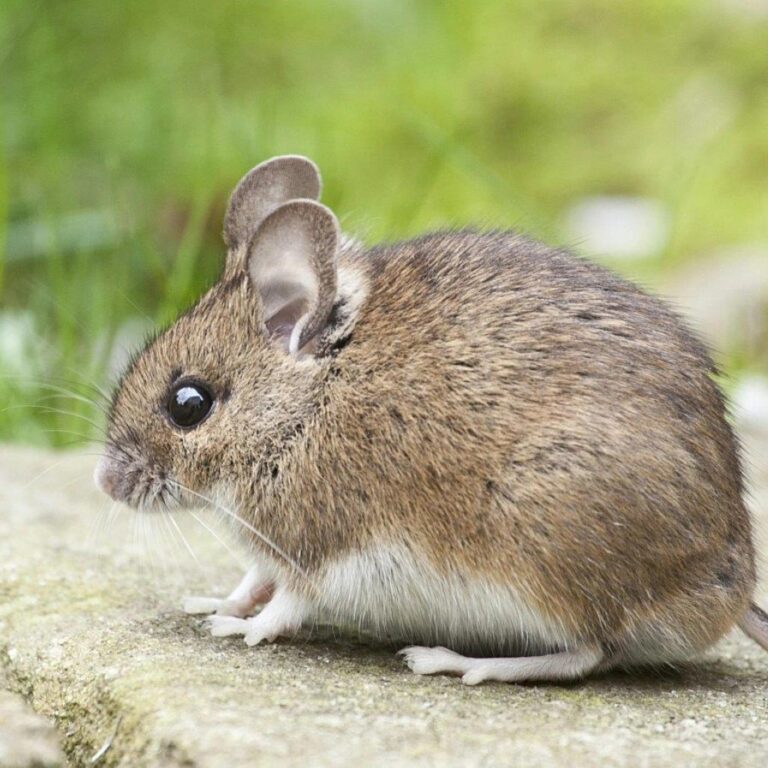Dolphins belong to the cetacean family, which also includes whales and porpoises. There are around 90 different species of dolphins, with the bottlenose dolphin being the most well-known.
Dolphins are highly intelligent animals, capable of complex problem-solving, communication, and even tool use. They are known for their ability to learn new behaviors and tricks.
Dolphins communicate using a variety of vocalizations, including clicks, whistles, and squeaks. They also use body language, such as leaping out of the water or slapping their tails, to communicate with each other.
Dolphins have excellent echolocation abilities, which allow them to navigate and hunt in murky waters. By emitting sounds and listening for the echoes, they can detect the size, shape, and distance of objects.
The social structure of dolphins is complex, with individuals forming tight-knit groups called pods. These pods can consist of a few dolphins or hundreds, depending on the species and environment.
Dolphins are known for their playful behavior and often engage in activities like surfing on waves, playing with objects, and riding the bow waves of boats.
Some dolphin species, such as the orca (killer whale), are apex predators and have sophisticated hunting techniques, including coordinated group hunts to capture prey like fish, seals, and even whales.
Dolphins have a highly developed brain, with a large neocortex and cerebral cortex, which are associated with higher functions like self-awareness, emotions, and social intelligence.
The gestation period for dolphins varies by species but typically lasts between 10 and 17 months. Calves are born tail-first and can swim immediately after birth, staying close to their mothers for several years.
Dolphins are known to exhibit altruistic behavior, such as helping injured or sick members of their pod, and there are numerous reports of dolphins coming to the aid of humans in distress at sea.
The pink river dolphin, found in the Amazon River, is one of the few species of freshwater dolphins. Its pink coloration becomes more intense as it matures.
Dolphins have been observed using tools in the wild, such as using marine sponges to protect their snouts while foraging on the seafloor, a behavior passed down through generations.
Dolphins have a unique way of sleeping called unihemispheric slow-wave sleep, where one half of their brain remains active while the other half rests. This allows them to stay alert for predators and continue surfacing for air.
Dolphins have been an important part of human culture for thousands of years, appearing in ancient myths, literature, and art. They are often seen as symbols of freedom, joy, and intelligence.
Conservation efforts are crucial for dolphins, as they face threats from habitat loss, pollution, entanglement in fishing gear, and hunting. Protected areas and marine sanctuaries are essential for their survival.
How useful was this post?
Click on a star to rate it!



